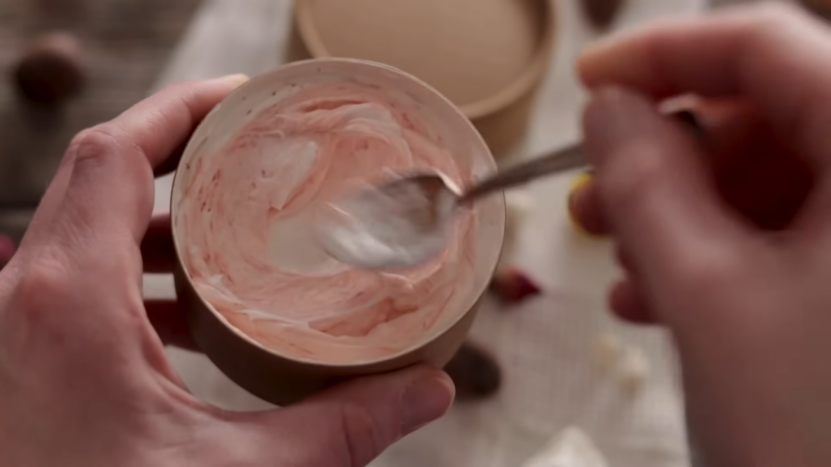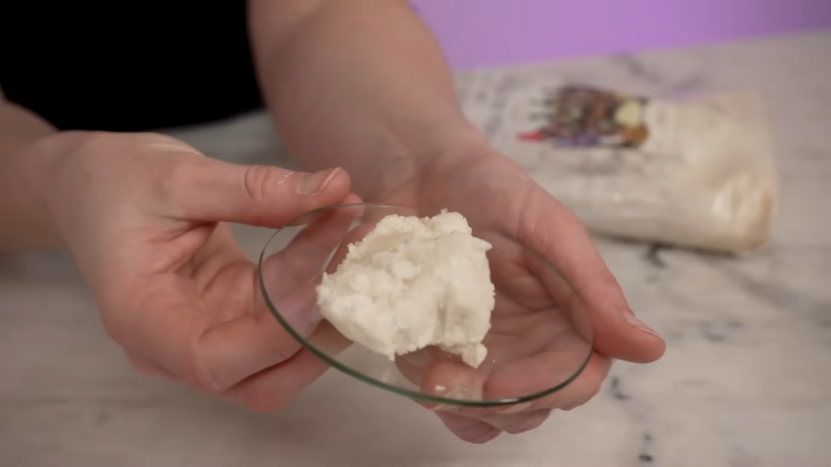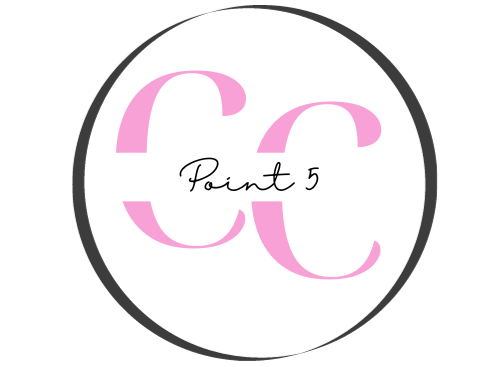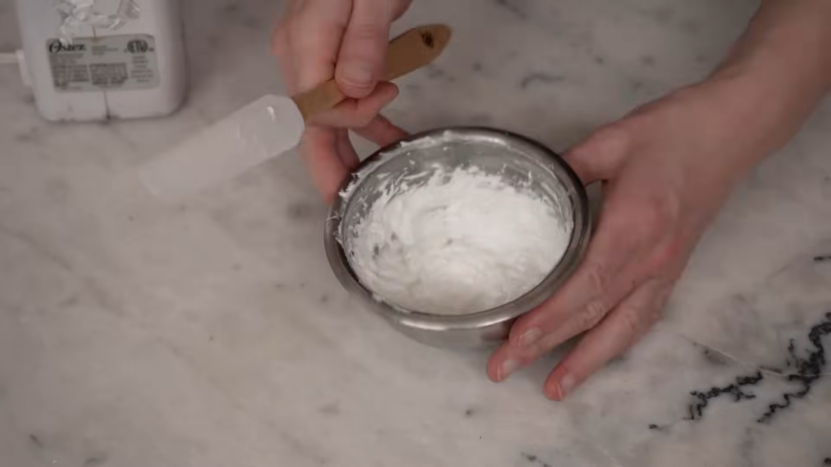To answer the question right away: yes, shea butter can work for low porosity hair, but only when used correctly! While it’s a rich and nourishing ingredient, it requires a little finesse to unlock its full potential for this specific hair type.
For those with low porosity hair, which struggles to absorb moisture, shea butter can help seal in hydration, but it can also cause product build-up and weigh down your hair if not used carefully.
What is Low Porosity Hair?
Porosity refers to how well your hair absorbs and retains moisture. The structure of the cuticle determines its porosity, and it can vary across individuals.
- Low porosity hair has tightly packed cuticles that are resistant to moisture absorption. Water and products tend to sit on the surface rather than being absorbed.
- Medium porosity hair allows moisture to penetrate more easily and retains it better.
- High porosity hair has open cuticles, often caused by damage, allowing moisture to enter quickly but also to escape just as fast.
Why is Shea Butter So Popular?
Shea butter is a natural fat extracted from the nuts of the African shea tree. It’s rich in essential fatty acids, vitamins A and E, and antioxidants, making it a popular choice for moisturizing skin and hair.
Shea Butter and Low Porosity Hair
Low porosity hair presents a unique set of challenges when it comes to moisturizing and sealing in hydration. The tightly closed cuticles that make up this hair type are resistant to moisture and product penetration.
Why Shea Butter Can Be Difficult for Low Porosity Hair
- Heavy and Dense: Shea butter has a thick texture that, when applied to low porosity hair, may simply coat the hair rather than penetrating it. This can result in the hair feeling greasy or weighed down.
- Build-Up: Low porosity hair is prone to product build-up, as it doesn’t absorb products easily. Shea butter, if applied too often or in large quantities, can contribute to this problem, leaving the hair feeling heavy and looking dull.
- Slow Absorption: Even though shea butter is full of beneficial ingredients, low porosity hair has a harder time absorbing them due to its tightly bound cuticles. This can make shea butter feel ineffective if used incorrectly.
The Pros and Cons
So, while shea butter can work for low porosity hair, it’s all about how and when you use it. s.
Pros
- Moisture Sealing: Shea butter is excellent for sealing moisture into hair, especially after you’ve applied a water-based leave-in conditioner. If moisture has been successfully introduced, shea butter helps lock it in.
- Protective Layer: The thickness of shea butter forms a barrier that protects hair from environmental stressors such as heat, sun, and pollution. This can be especially useful in harsh climates or when you’re exposing your hair to damaging styling tools.
- Nourishment: With its high content of fatty acids and vitamins, shea butter can help nourish the scalp and improve the overall strength of your hair. Over time, it can contribute to softer, shinier hair.
Cons
- Heaviness: For low porosity hair, shea butter can be too heavy, especially if applied in large amounts. This can leave hair feeling oily, weighed down, or even greasy.
- Build-Up: Because low porosity hair has difficulty absorbing thick products, shea butter can contribute to product build-up if overused. This might lead to dull hair that feels coated with a film of product.
- Slow Penetration: Low porosity hair takes time to absorb products, and shea butter’s rich consistency can make this process even slower, leading to frustration if not used properly.
How to Make It Work
Here are some tips to help you maximize the benefits while minimizing the downsides.
1. Whip It or Mix It with Lighter Oils
You don’t have to use raw, unrefined shea butter straight from the jar. Mixing it with lightweight oils like jojoba, argan, or grapeseed oil can lighten its consistency, making it easier for your low porosity hair to absorb. This also helps prevent the heaviness and build-up that raw shea butter can cause.
Whipping shea butter with these oils can create a smoother, more spreadable product that’s easier to apply and less likely to sit on top of the hair.
2. Apply to Damp Hair

3. Use Heat for Better Absorption
Since low porosity hair cuticles are tightly shut, using heat can help them open up, allowing products to penetrate more effectively. After applying shea butter, try using a heat cap, sitting under a hair steamer, or wrapping your hair in a warm towel for about 20–30 minutes.
This gentle heat encourages better absorption of shea butter and other moisturizing products.
4. Start Small and Build Up

With low porosity hair, less is more. Start with a small amount of shea butter, rubbing it between your palms to warm it up before applying.
5. Clarify Regularly
To combat the potential for product build-up, incorporate a clarifying shampoo into your routine once a month. Clarifying shampoos help remove residue from shea butter and other products, ensuring your hair remains fresh and clean. This step is essential for maintaining healthy low porosity hair while using heavy products like shea butter.
You Can Try These Alternatives
If you’ve tried shea butter and found that it’s not working well for your hair, don’t worry—there are lighter alternatives that can provide moisture without the heaviness.
| Ingredient | Description |
| Aloe Vera | Aloe vera is a hydrating, lightweight alternative that penetrates the hair shaft easily, providing moisture without weighing the hair down. Can be used as a leave-in treatment or mixed into your conditioner. |
| Honey | Honey is a natural humectant that draws moisture from the air into your hair. It works as a lightweight, moisturizing sealant and can be mixed into hair masks or conditioners. |
| Glycerin | Glycerin is a humectant that helps draw moisture into low porosity hair. It is commonly found in leave-in conditioners and hair creams to hydrate without heaviness. |
| Lightweight Oils | Lightweight oils like argan, jojoba, and sweet almond oil are easily absorbed by low porosity hair, providing moisture without making the hair greasy. |
The Bottom Line
Yes, shea butter can work for low porosity hair, but success depends on how you use it. If you’re still unsure whether shea butter is right for you, consider experimenting with different application methods and amounts, or trying lightweight alternatives that might suit your hair better.

